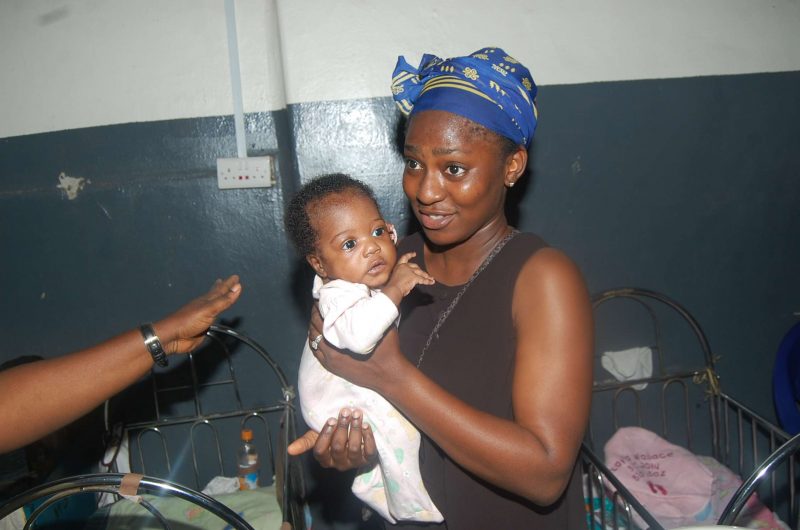
After the travailing experience of child delivery, Mrs Chidi had severe bleeding. Her husband had managed to pay for the initial bill needed to cater for the delivery of the newly born, but there was no more funds for treatment of the mother who had just given birth. Blood flowed out of Mrs Chidi per seconds and she kept losing life.
The helpless husband cried for the fear of losing his wife. One of the hospital workers introduced him to Health Emergency Initiative (HEI). HEI intervened with the payment of bills for blood, drugs and other medical expenses that was needed to save the woman from the cold hands of death.
Today, Mrs Chidi is alive, taking good care of her 5 month old son and husband. A family’s joy was preserved because HEI helped to keep the mother of the family alive. Support HEI to preserve the joys of other families.
Severe bleeding after child delivery is called postpartum hemorrhage. It can happen anytime within the first 12 weeks after the baby is born.
Postpartum hemorrhage can cause a big drop in blood pressure. If the blood pressure gets too low, the body organs will be short of blood. This leads to shock, and it can cause death
Symptoms of Postpartum Hemorrhage
- Bright red bleeding beyond the third day after birth
- Blood clots bigger than a plum
- Bleeding that soaks more than one sanitary pad an hour and doesn’t slow down or stop
- Blurred vision
- Chills
- Clammy skin
- Rapid heartbeat
- Dizziness
- Weakness
- Nausea
- Faint feeling
How to Treat Postpartum Hemorrhage
Postpartum hemorrhage is best treated medically and there are different medical treatments for postpartum hemorrhage so the doctor decides what is best for the patients. Some the treatments could include:
- Laparotomy: surgery to open the abdomen to find out the cause of bleeding and stop it
- Blood transfusion- blood is given to the patient through a tube that goes in a vein to help replace blood lost
- Hysterectomy: surgical removal of the uterus
- Uterine artery embolization:To limit blood flow to your uterus
- Removal of pieces of the placenta still in your uterus
More lives can be saved with your token to Project 1 million, a lifesaving project to reach out more to the vulnerable/indigent patients. Join us to work THAT NONE SHOULD DIE.

